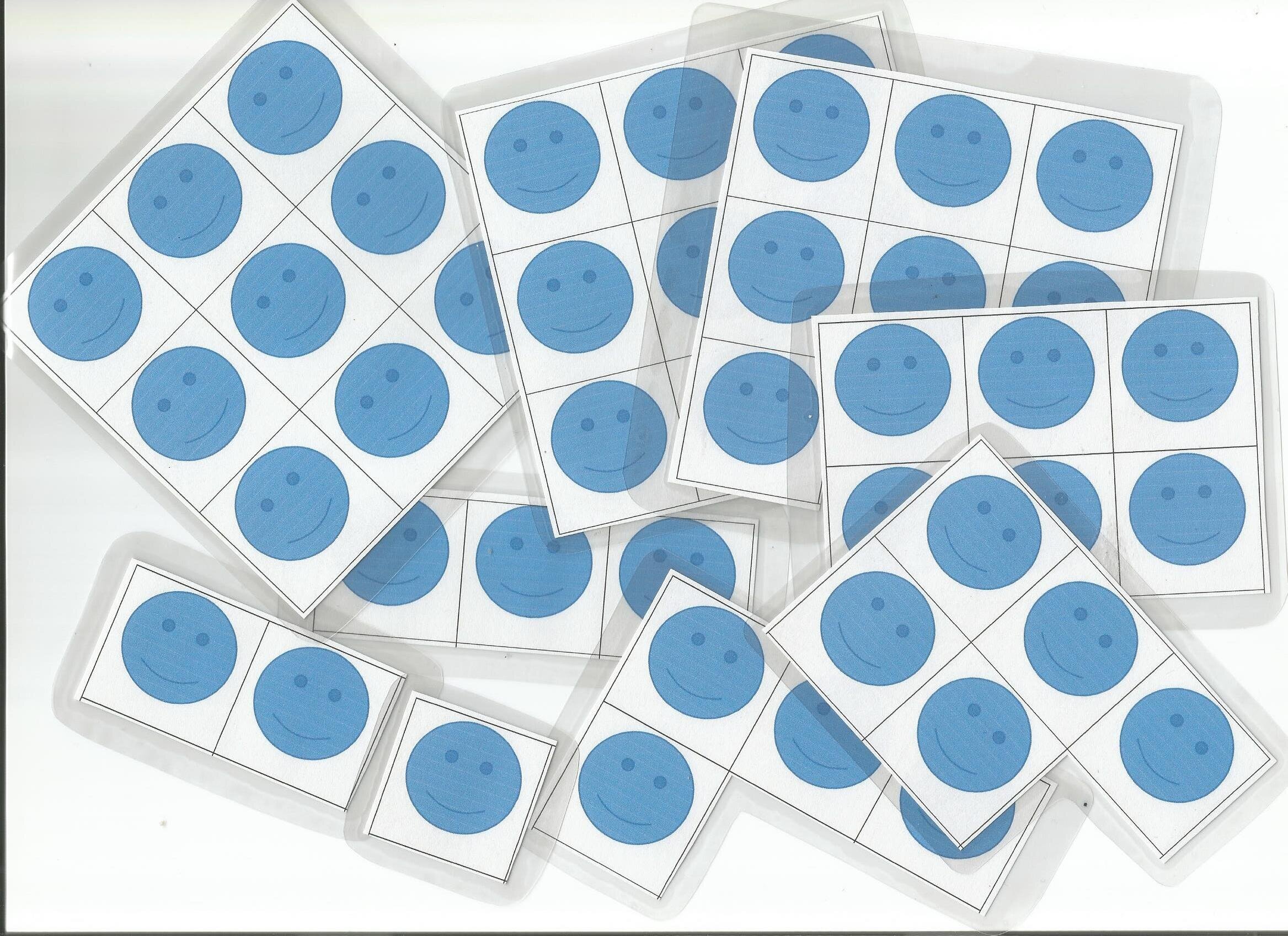
Standard 5: Assess, provide feedback and report on student learning
Standard 5 of the APST is demonstrative of assessment practices and their role in scaffolding student success. Teachers conceptualise various assessment methodologies, such as formal, informal, diagnostic, formative and summative, as well as feedback and moderation, and the utilization of these tools in supporting student learning (AITSL, 2010). Teachers engage with data collection and interpretation and articulate this and the myriad of ways in which assessment is vital, with students and their families (AITSL, 2010).
Focus Area 5.1: Assess student learning
In these extracts my knowledge of, and on focus on, employing a range of assessment strategies is increasingly evident – the students were observed in their play informally, as well as being invited to complete a range of explicit tasks to investigate their prior knowledge and provide diagnostic data (APST, 2010). Incorporating a checklist during these tasks enabled me to sharpen my listening and questioning in response to the students’ dialogue to check for understanding.
Focus Area 5.2: Provide feedback to students on their learning
Focus Area 5.3: Make consistent and comparable judgements
As illustrated in this extract from a literacy lesson and critique I wrote reading provides opportunities for feedback, informal, unconscious, formal and explicit. Collaborative peer reading and modelled teacher reading develops student awareness of reading conventions, phonetics, linguistic variation, code breaking and invites meaning making. These reading settings allow students to unconsciously receive feedback by comparison. Alternatively running records, as used as a follow up to this reading comprehension lesson, offer teachers to give explicit, constructive feedback to students on their reading fluency, vocabulary and ability to monitor their own misconceptions and self-correct. Feedback is an opportunity to celebrate student success and collaboratively set challenging goals, this fosters an agentic learning environment. Moreover using a template such as a running record provides a fair and consistent framework for assessing students.
Focus Area 5.3: Make consistent and comparable judgements
As evidenced by this sample observation from my kindergarten practicum, templates can be utilized as a tool to ensure that consistent and comparable assessment of student learning is the benchmark. By incorporating a scaffold such as this one we can align our learning conversations closely to the standards and strive for consistency in our planning (Queensland Studies Authority [QSA], 2010).
Focus Area 5.3: Make consistent and comparable judgements
Focus Area 5.4: Interpret student data
Focus Area 5.5: Report on student achievement
Pictured is part of a mathematics diagnostic assessment I designed for my practicum in a prior to school setting. I had begun to informally collect observational data and based the design of my checklist on this. By utilizing a checklist with skills and prompt questions I was able to assess the students consistently with reference to foundational numeracy skills, such as the principles of counting (Gould, 2017). This data allowed me to provide feedback with the students and their families and celebrate their success. Further, I interpreted this data to forward plan to support one student in reaching standard and extend the other student who was already above standard, and modify my teaching strategies for the whole class to support acquisition of foundational counting skills.
Focus Area 5.5: Report on student achievement
As evidenced by this Science lesson plan I wrote there are a multiplicity of ways to celebrate student achievement by reporting it to families. In this example students each progressively create their own artefact throughout the lessons and as they learn reflect collaboratively on their emerging scientific thinking. To assure record keeping there would need to be a multifaceted approach – relying solely on a student to keep track of their artefact, especially if they are allowed to take it home, is naïve. Various strategies could be used to augment record keeping, such as checklists, mind mapping, exit pass formative assessment pieces and images of students’ artefacts.





